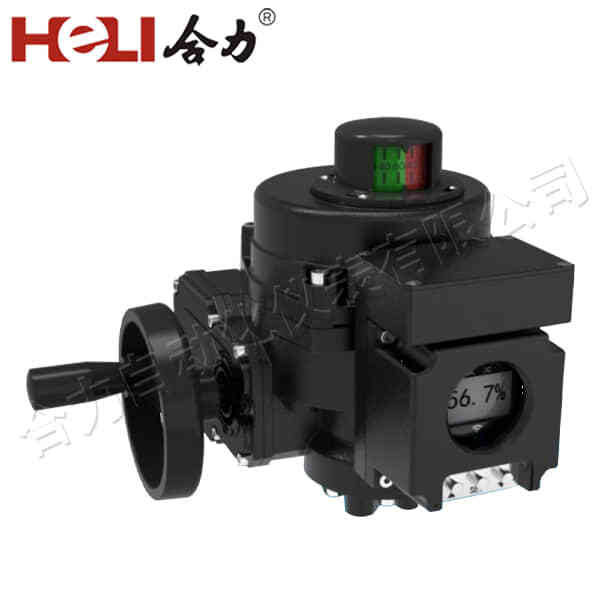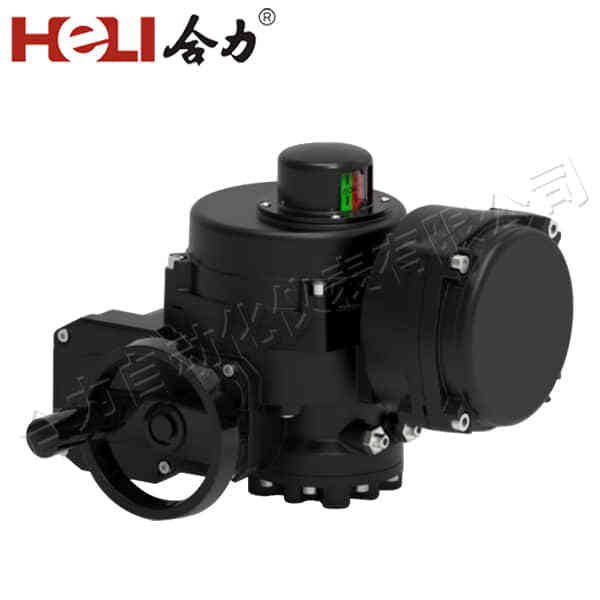
Electric actuator valves are a cornerstone in modern industrial control systems, providing precise, efficient, and reliable control over fluid flow in a wide range of applications. These valves, which combine an electric actuator with a valve mechanism, play an essential role in automating processes across various sectors such as oil and gas, water treatment, HVAC systems, chemical processing, and many more. The integration of electric actuators with valves has significantly enhanced operational efficiency, reduced human error, and optimized system performance. In this article, we will explore the functionality, advantages, and applications of electric actuator valves in today's industries.

Functionality of Electric Actuator Valves
At its core, an electric actuator valve combines two key components: the electric actuator and the valve. The electric actuator, powered by an electric motor, provides the mechanical energy needed to operate the valve, controlling its opening and closing functions. The valve, typically a ball, globe, or butterfly valve, regulates the flow of fluids or gases through pipelines or ducts. The actuator converts electrical signals from a control system (such as a PLC or DCS) into mechanical movement, which in turn adjusts the valve’s position according to the required flow rate, pressure, or temperature conditions.
